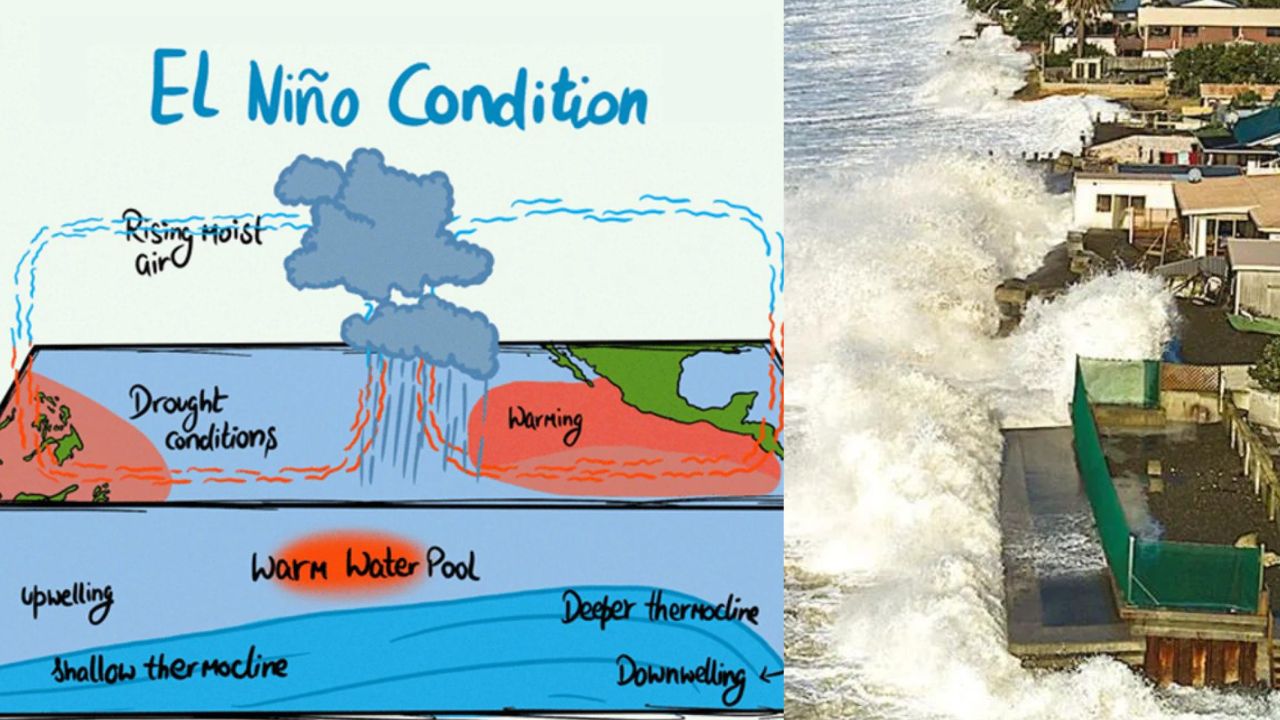Global average sea levels rose by about 0.3 inches (one-third of an inch) from 2022 to 2023 — nearly four times the increase of the previous year — Nasa said on Thursday, attributing the “significant jump” to a strong El Nino and a warming climate.
The Nasa-led analysis is based on more than 30 years of satellite observations, with the initial satellite launching in 1992 and the latest in 2020.
Overall, sea levels have risen by around four inches since 1993. The rate of increase has also accelerated, more than doubling from 0.07 inches per year in 1993, to the current rate of 0.17 inches per year.
“Current rates of acceleration mean that we are on track to add another 20 centimetres (eight inches) of global mean sea level by 2050,” said Nadya Vinogradova Shiffer, director for the Nasa sea level change team and the ocean physics programme in Washington.
That would be double the amount of change in the next three decades compared to the previous century, she said, creating a future where flooding is far more frequent and catastrophic than today.
The immediate cause of the spike is the El Nino weather effect, which replaced the La Nina from 2021 to 2022, when the sea level rose around 0.08 inches.
El Nino involves warmer-than-average ocean temperatures in the equatorial Pacific.
The term El Niño (Spanish for ‘the Christ Child’) refers to a warming of the ocean surface, or above-average sea surface temperatures, in the central and eastern tropical Pacific Ocean. The low-level surface winds, which normally blow from east to west along the equator (“easterly winds”), instead weaken or, in some cases, start blowing the other direction (from west to east or “westerly winds”). El Niño recurs irregularly, from two years to a decade, and no two events are exactly alike. El Niño events can disrupt normal weather patterns globally, asserts US Geological Survey.







